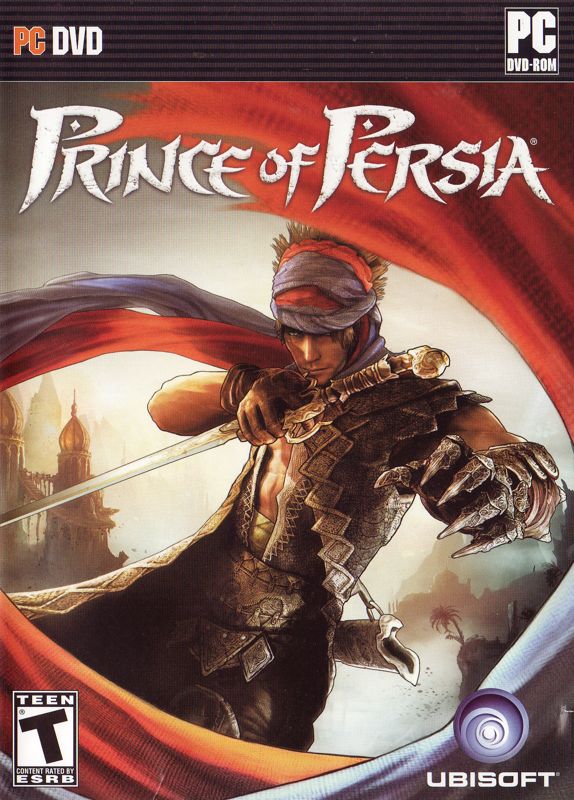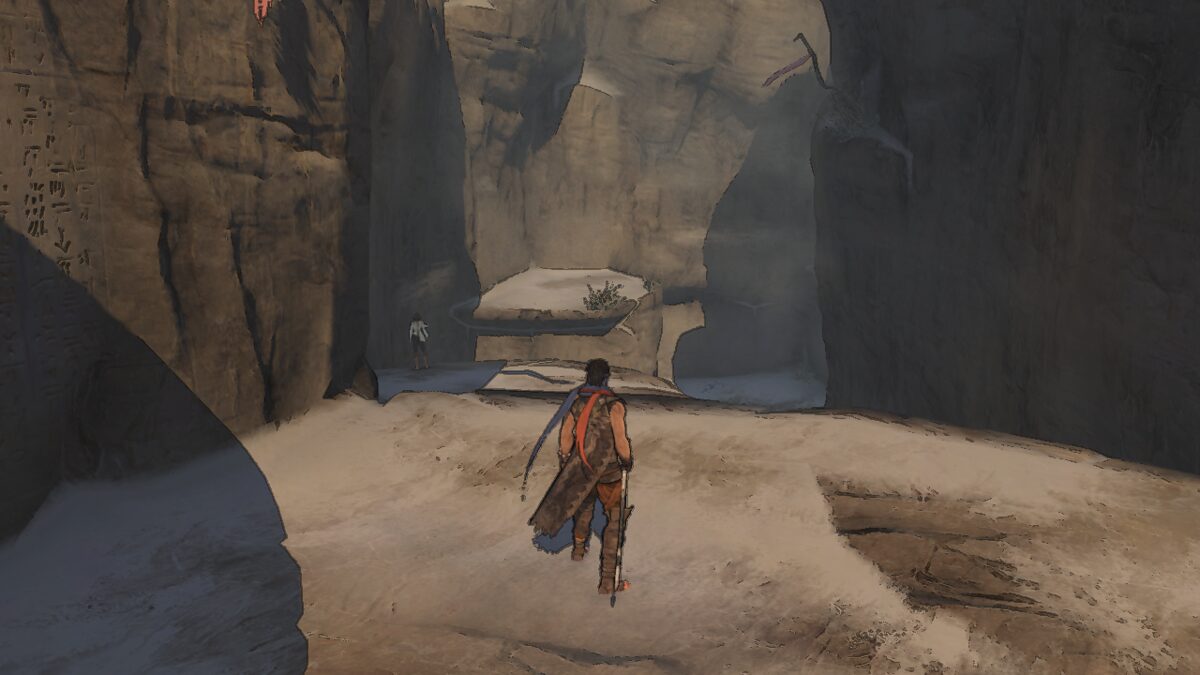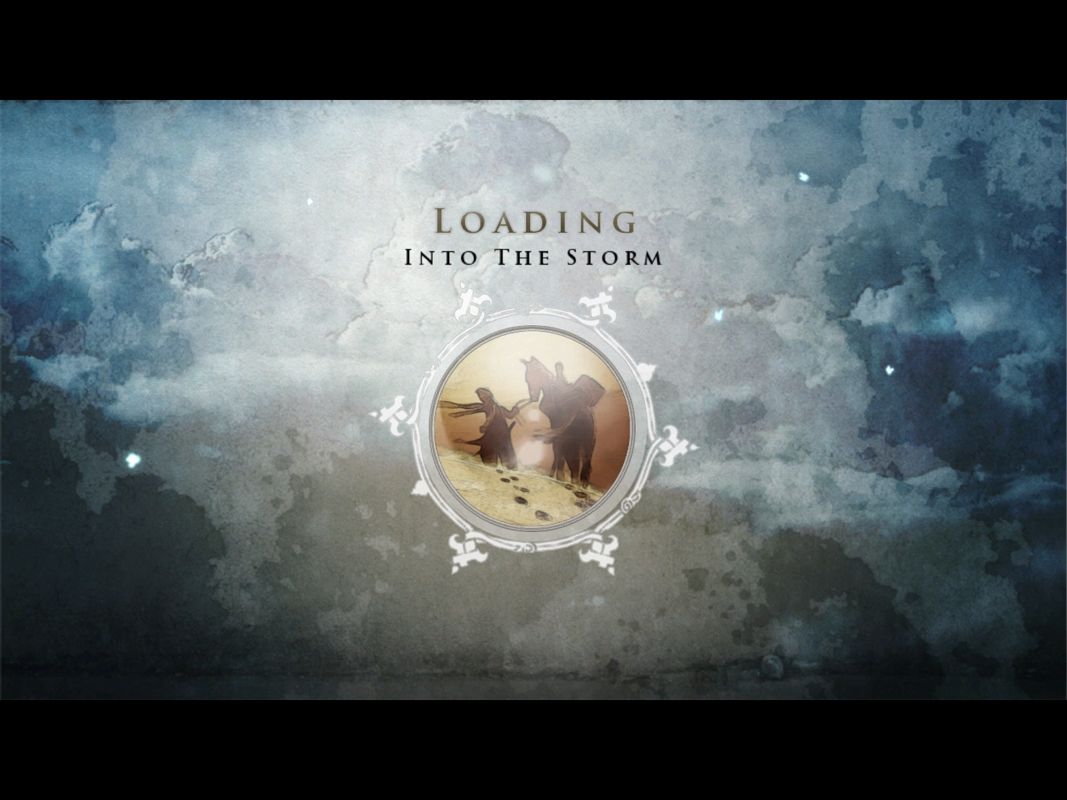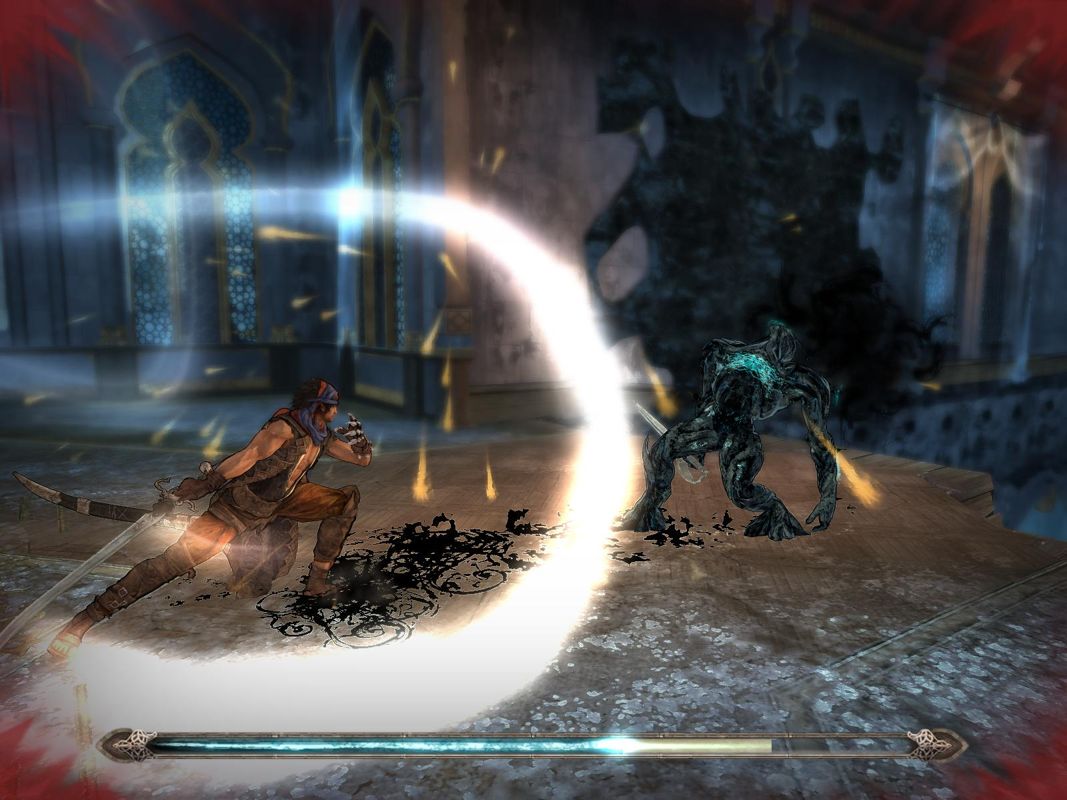Retro Replay Review
Gameplay
The core of Prince of Persia hinges on a refined mix of platforming, combat, and puzzle-solving, all of which feel both familiar and fresh. The Prince moves fluidly through sprawling levels, scaling walls, leaping across chasms, and sliding down sheer rock faces with the aid of his magical gauntlet. There’s an unbroken sense of momentum as you chain together parkour moves—no more having to stop, assess, and rewind time if you miss a jump; instead, Elika intervenes to set you back on track.
(HEY YOU!! We hope you enjoy! We try not to run ads. So basically, this is a very expensive hobby running this site. Please consider joining us for updates, forums, and more. Network w/ us to make some cash or friends while retro gaming, and you can win some free retro games for posting. Okay, carry on 👍)
Combat is pared down to confrontations with one powerful foe at a time, each encounter feeling like a mini-boss battle rather than a mob skirmish. The Prince’s swordplay and gauntlet attacks weave together in pleasingly responsive combos, and Quick Time Events heighten the drama when an enemy grabs hold. Without the ability to rewind time yourself, every strike, dodge, and misstep carries weight—yet Elika’s timely magical saves keep frustration at bay, maintaining the sense of flow.
Exploration is driven by the search for Seeds of Life, which empower Elika’s abilities and gradually restore the Tree of Life. These seeds are thoughtfully hidden in offshoot pathways and secret chambers, encouraging players to revisit earlier areas with fresh eyes. Elika also doubles as your in-game guide, pointing out the next objective and giving the Prince mid-air boosts to reach otherwise impossible platforms. The result is a cohesive experience where platforming and narrative seamlessly reinforce each other.
Graphics
Prince of Persia adopts a striking cel-shaded art style that sets it apart from its darker, grittier predecessors. The bold outlines and vibrant colors lend the world an almost storybook quality, while dynamic lighting and fluid animations ensure that the Prince’s acrobatics remain a visual delight. Whimsical environments—from sun-bleached deserts to vine-covered ruins—feel alive and invite exploration.
Character designs strike a fine balance between realism and stylization. The Prince moves with a believable weight and agility, Elika radiates ethereal grace in her flowing attire, and the monstrous minions of Ahriman range from hulking brutes to lithe assassins, each animated with distinct flourish. Facial animations during key story moments convey emotion without veering into cartoonish exaggeration.
Performance is generally rock-solid on modern hardware, with only occasional frame dips when Elika’s magical effects fill the screen with swirling sands and glowing sigils. The user interface is kept minimal, allowing the art direction to take center stage and preserving immersion. All told, the graphics serve the gameplay and narrative admirably, turning every jump and battle into a striking tableau.
Story
In this rebooted timeline, the Prince embarks on a quest to rescue his donkey Farah—laden with unimaginable riches—only to be swept away by a cataclysmic sandstorm. Cast into a canyon, he meets Elika, the exiled princess of a fallen kingdom who wields the last vestiges of the Tree of Life’s power. Together they set out to reach the temple beneath the Tree and thwart Elika’s traitorous father.
Alas, they arrive too late. In a desperate struggle, Elika’s father shatters the seal that binds Ahriman, the God of Darkness, unleashing millennia of suppressed evil. Ahriman’s backstory, as the usurper who challenged his brother Ormazd and was imprisoned in the Tree, unfolds through evocative cutscenes. The lore enriches every swing of your sword and every puzzle you solve, grounding the action in cosmic stakes.
As the Prince and Elika pursue fragments of Ahriman’s scattered spirit, their bond deepens beyond simple partnership. Elika’s hopeful optimism contrasts with the Prince’s wry pragmatism, creating a dynamic duo that elevates routine platforming sequences into narrative set pieces. While the story moves briskly and never drags, fans of deeper character studies may wish for more dialogue hooks. Nonetheless, it’s a compelling fairy-tale that breathes new life into the series.
Overall Experience
Prince of Persia delivers a polished adventure that expertly blends fluid parkour with engaging combat and light puzzle elements. The removal of manual time-rewind is a bold design choice, replaced effectively by Elika’s supportive magic to keep the momentum going. Players who relish uninterrupted flow will find the game’s pacing a major strength.
The cel-shaded presentation and evocative soundtrack coalesce to create a world that feels both timeless and unique. Even minor areas brim with visual charm, making exploration a genuine pleasure. Though the game can be completed in roughly eight to ten hours, the tight focus on its core mechanics ensures there’s little padding in the campaign.
Ultimately, Prince of Persia offers an experience that is as enchanting as it is exhilarating. By marrying nimble platforming, cinematic combat, and a fairytale-inspired narrative, it stands out among action-platformers of its era. Whether you’re a longtime series fan or a newcomer seeking a stylish, character-driven journey, this reboot is well worth your time.
 Retro Replay Retro Replay gaming reviews, news, emulation, geek stuff and more!
Retro Replay Retro Replay gaming reviews, news, emulation, geek stuff and more!









Reviews
There are no reviews yet.